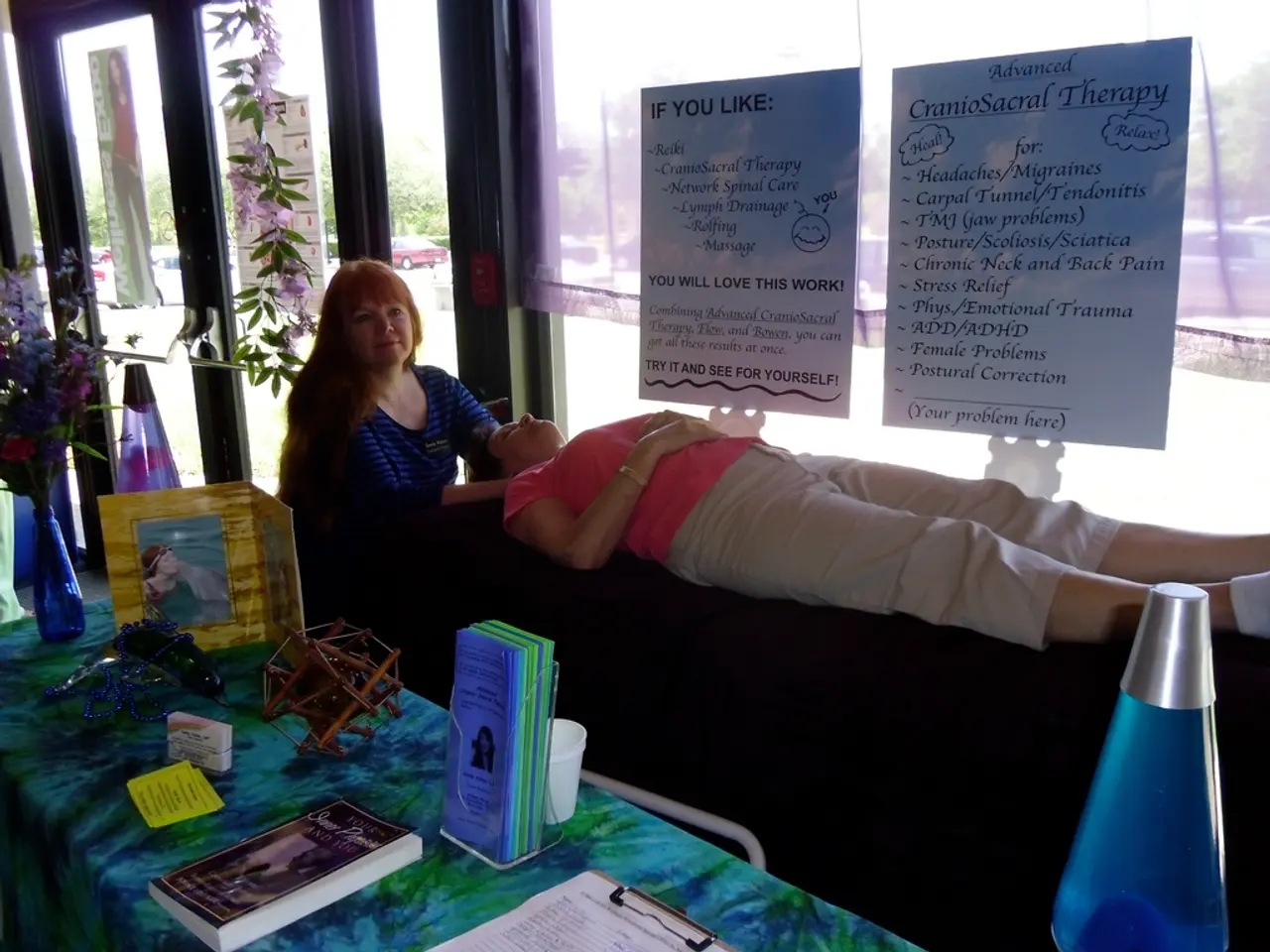Treating Borderline Personality Disorder: An Attempt with Schema Therapy (First Part)
In the realm of mental health, one condition that often leaves people baffled is Borderline Personality Disorder (BPD). This complex disorder is characterized by unstable moods, relationships, and self-image. Let's delve into the core aspects of BPD, its symptoms, and the effective interventions available.
A person with BPD experiences a deep and pervasive fear of abandonment, which can lead to intense anxiety when they perceive that significant others may withdraw emotional support, connection, strength, or protection. This fear is often rooted in early maladaptive schemas, patterns that repeat throughout life and are associated with the destructive aspects of an individual's childhood experiences.
Another prominent feature of BPD is the rapid mood swings, which can happen multiple times per day. This is a stark contrast to bipolar disorder, where mood swings, though present, are not as frequent and do not occur within the hour. The misdiagnosis of BPD as bipolar disorder is common due to the similarity in mood swings, but the key marker for BPD is the fear of abandonment, while the main indicator for bipolar disorder is the symptom of manic episodes.
Jeffrey Young, a renowned psychologist, identifies the core schemas experienced by people with borderline issues as abandonment, abuse, emotional deprivation, defectiveness, and subjugation. The abandonment schema, for instance, involves the feeling that one is unwanted or unlovable to significant others. The abuse schema, on the other hand, involves the expectation that others will hurt, abuse, humiliate, cheat, lie, manipulate, or take advantage.
The emotions associated with these schemas can be overwhelming for a person with BPD. To cope, they may adopt various modes, self-protective, dissociated states of personality that come to the rescue in order to protect the fragile psyche from facing the deep pain associated with the triggered schema. These modes, personified as the self-defense mechanisms a person takes on, are often called parts of self or reactive parts in ego-state therapy.
Common sub-selves displayed by a person with BPD in childhood, according to Young, include the Abandoned child mode, Angry and impulsive child mode, Punitive parent mode, and Detached protector mode. Each of these modes serves a specific purpose in managing the individual's emotions and interactions with others.
Research indicates that schema therapy is an effective intervention for people struggling with BPD. Arnoud Arntz and Hannie van Genderen, authors of the book "Schematherapy - Treatment of Persons with Borderline Behavior" published in 2003, describe this approach in detail. In this therapy, the focus is on identifying and challenging the maladaptive schemas (those that no longer serve the host in terms of healthy interpersonal relating) and replacing them with more adaptive ones.
In conclusion, understanding BPD requires a deep dive into its complexities. However, with the right interventions and support, people with BPD can lead fulfilling lives, managing their emotions and relationships more effectively.
Read also:
- Nightly sweat episodes linked to GERD: Crucial insights explained
- Antitussives: List of Examples, Functions, Adverse Reactions, and Additional Details
- Asthma Diagnosis: Exploring FeNO Tests and Related Treatments
- Unfortunate Financial Disarray for a Family from California After an Expensive Emergency Room Visit with Their Burned Infant








